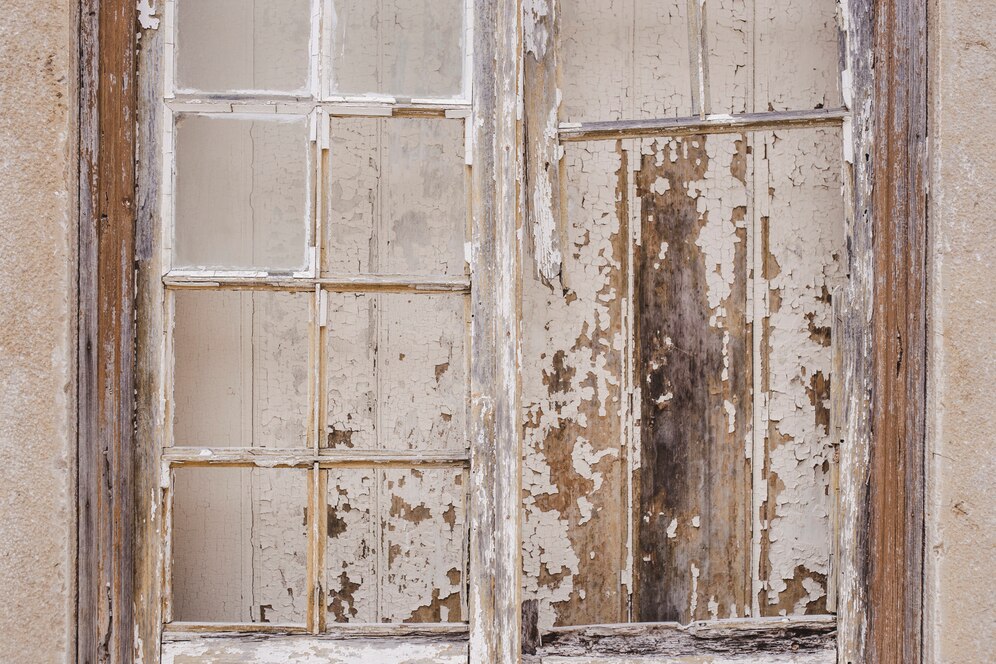Discovering dry rot in your home can be alarming, but with the right knowledge and action, you can effectively address the issue. Here’s a guide on how to detect and repair dry rot in your home:
Understanding Dry Rot:
- Difference from Wet Rot: Dry rot occurs when moisture and fungus build up on timber over time, typically in poorly ventilated areas. Unlike wet rot, which affects uncured wood in damp environments, dry rot affects construction lumber.
- Source of Moisture: Dry rot requires sustained moisture buildup on wood. While a leak or flood won’t cause dry rot if promptly repaired and dried out, prolonged exposure to moisture leads to dry rot.
Detecting Dry Rot:
- Visual Signs: Dry rot is often hidden, but you can look out for visual indicators such as:
- Damp, musty smells
- Bubbling or blistering paint
- Discolored, water-stained, cracking, or splitting wood
- Softness of wood upon touch
- Areas to Inspect: Focus your inspection on areas where wood and moisture converge, including:
- Caulking joints indoors and outdoors
- Decks
- Doors
- Bathroom and shower floors
- Porches
- Roof edges near gutters
- Shower walls
- Skylights
- Exterior trim
- Windows
- Wood siding
- Wood near concrete foundations
Repairing Dry Rot:
- Assessment: Use a screwdriver to probe the affected wood. If it easily splinters and falls away, the wood likely has dry rot.
- Remediation Process:
- Stop Moisture Source: Identify and repair the source of moisture to prevent further damage.
- Expose Affected Area: Determine the extent of the dry rot by removing any affected material.
- Wood Removal: Remove the decayed wood completely to eliminate the source of the problem.
- Fungicide Treatment: Apply a fungicide to the area to halt fungus growth and prevent further damage.
- Wood Replacement: Replace the removed wood with new, treated material to restore structural integrity.
Seek Professional Help:
If you discover dry rot in your home, consider contacting professionals like Experts in Your Home for thorough inspection and remediation. They can assess the extent of the damage and implement effective solutions to address dry rot and prevent its recurrence.
By understanding the signs of dry rot and taking prompt action to repair affected areas, you can safeguard your home from the damaging effects of this condition. Don’t delay in addressing dry rot to maintain the structural integrity and longevity of your property.

